The Huawei Mate 30 Pro 5G is the 5G-enabled version of the Chinese manufacturer’s latest flagship smartphone, and—on paper—comes with identical camera hardware as its LTE sibling which we have already tested. So in theory, any differences in terms of camera performance should be due to changes in software and tuning.
The rear camera combines four individual modules, including a time-of-flight (ToF) sensor for 3D depth measurements in bokeh mode. The primary wide-angle camera features a 40MP Quad-Bayer sensor and a f/1.7-aperture lens. The tele-camera uses a 3x lens with 80mm-equivalent focal length, and there’s also an ultra-wide camera with a large 1/1.54″ sensor and fast f/1.8 aperture.
Key camera specifications:
- Quad-camera setup
- Primary: 40MP 1/1.7″ sensor, 27mm-equivalent f/1.6-aperture lens, PDAF, OIS
- Ultra-wide: 40MP 1/1.54″ sensor, 18mm-equivalent f/1.8-aperture lens, PDAF
- Tele: 8MP 1/4″ sensor, 80mm-equivalent f/2.4-aperture lens, PDAF, OIS
- ToF 3D depth-sensing camera
- Dual-LED flash
- 4K video, 2160p/60fps (2160p/30fps default)
About DXOMARK Camera tests: For scoring and analysis in our smartphone camera reviews, DXOMARK engineers capture and evaluate over 1600 test images and more than 2 hours of video both in controlled lab environments and in natural indoor and outdoor scenes, using the camera’s default settings. This article is designed to highlight the most important results of our testing. For more information about the DXOMARK Camera test protocol, click here. More details on how we score smartphone cameras are available here.
Test summary


The Huawei Mate 30 Pro 5G’s camera performance improves further over the already outstanding non-5G variant of the device, and with a DXOMARK Camera score of 123, takes the top position in our ranking. The Photo score improves by two points to 134, making the Huawei Mate 30 Pro 5G the best device for still images we have tested to date.
Overall image quality and camera performance are very similar to the standard Mate 30 Pro, but there are some key improvements for Zoom, Bokeh, and Night; there was one area in which the score slightly decreased, that for the ultra-wide camera.
The decrease for Wide is mainly due to a new anti-distortion algorithm that reduces the effective field of view, which means that the Mate 30 Pro 5G has one of the least wide ultra-wide cameras we have tested. Apart than that, though, the ultra-wide camera records good image quality in most situations. The zoom comes with even better detail across all settings and a more stable autofocus performance. At long range, it is still not quite on par with the folded optics of the P30 Pro or the dual-tele of the Xiaomi Mi CC9 Pro Premium Edition, but overall, the Mate 30 Pro 5G is one of the very best smartphones for zooming.
Bokeh simulation shows the same excellent depth estimation and detail as on the non-5G model, but comes with a slightly improved dynamic range and noticeably less highlight clipping in difficult high-contrast situations. The Mate 30 Pro LTE achieved the best score for Night when we tested it back in September, and the 5G model improves further on that. A new multi-exposure algorithm for flash shots improves exposure and detail in the background of flash portraits, and image quality improves slightly overall, with even better detail and noise management.
Other than those few differences, the 5G’s still image quality performance is pretty much identical to the standard Mate 30 Pro, with an excellent balance between detail preservation and noise reduction, good exposure down to very low light, and a wide dynamic range as well as accurate color with pleasant saturation in most conditions.
The Mate 30 Pro 5G also improves for Video compared to the standard model, and its Video score of 102 puts it up with the very best in this category. Huawei has improved the handling of detail and noise, both of which are outstanding, and improved the autofocus, which is now noticeably better at subject tracking, especially in low-light conditions. We also observed a slightly improved dynamic range, which is very good for a device that does not offer HDR recording. In addition, the 5G model offers the same pleasant colors and effective stabilization as the standard model, making it an excellent option for mobile video shooters.
Photo scores explained
The Huawei Mate 30 Pro 5G achieves a Photo score of 134 points, making it the best device for still images to date. The Photo score is calculated from sub-scores in tests that examine different aspects of a device’s performance for still images under different lighting conditions. In this section, we take a closer look at how these sub-scores were determined and compare image quality against some key competitors.

Exposure and Contrast
Huawei Mate 30 Pro 5G
96
The Huawei Mate 30 Pro 5G’s Exposure score remains unchanged compared to the standard model and performance is pretty much identical, with good target exposure down to very low light and a wide dynamic range. Only in some scenes did we see a very slightly higher tendency to clip highlights than on the LTE version of the Mate 30 Pro.

Color
Huawei Mate 30 Pro 5G
88
The Color score is the same for the Mate 30 Pro 5G and its LTE sibling and our testers did not observe any major differences in terms of color rendering or white balance between the two models. The Mate 30 Pro 5G is one of the best devices we have seen for color, with good saturation and without the white balance issues and color casts we saw on the P30 Pro. Color shading is very well controlled as well, with only some very slight shading in extreme low-light.
The Mate 30 Pro 5G’s autofocus is just as good as the non-5G model’s, scoring a perfect 100 points in our tests. As you can see in the graph below the autofocus is very quick and consistently achieves accurate focus in a repeatable manner in all light conditions. In our lab test the Mate 30 Pro 5G autofocus locked on immediately and very consistently with both short and long delays after defocusing the camera.

Texture
Huawei Mate 30 Pro 5G
83

Noise
Huawei Mate 30 Pro 5G
81
Texture and Noise scores remain at the same high level as for the Mate 30 Pro. Scores for both categories are among the best we have seen which is unusual, as the two measurements are usually negatively correlated. Detail is excellent, with images showing nicely rendered fine textures, no oversharpening and no ringing. At the same time image noise is barely visible in bright light and under typical indoor conditions. It only becomes more visible at very low light levels of 5 lux and under.
In the samples below you can see that the Huawei Mate 30 Pro 5G and its LTE cousin are both capable of rendering an outstanding level of fine detail. In comparison some loss of fine textures is visible on the Samsung Galaxy Note 10+ 5G.
In the indoor samples below both Huawei cameras control noise extremely well, even in the shadow areas of the frame. The Galaxy Note 10+ 5G is doing a good job, too, but luminance noise is a little more visible than on the others.
The Huawei Mate 30 Pro 5G scores one point higher for Artifacts than its non-5G cousin but the image artifacts our testers encountered were pretty much the same and very well under control. Some points were deducted for flare that is sometimes visible with the sun or another light source inside the frame or close to the edges, and for some aliasing artifacts, including maze and moiré patterns. Usually you’ll have to look very closely to spot any of these issues, though.

Zoom
Huawei Mate 30 Pro 5G
98
Zoom is an area where our testers found noticeable improvements on the Huawei Mate 30 Pro 5G versus the non-5G model. The score increase from 91 to 98 is mainly due to slightly better detail in all conditions and a very noticeable reduction of the focus instabilities our testers occasionally encountered while testing the standard Mate 30 Pro.
In the long range zoom shot below (approximately 5x) the differences in terms of detail between the two Huaweis are minimal, with both delivering excellent detail. In comparison visibly more detail is lost on the Samsung. The latter deals better with the backlit scene in terms of exposure, however, and delivers the most natural color rendering.
Compared to the standard model, the Mate 30 Pro 5G’s bokeh score has increased by five points which is mainly due a to a noticeably better dynamic range when shooting in bokeh mode. The 5G is visibly better at maintaining highlight detail in difficult high-contrast situations as you can see in the samples below.
Other than that depth estimation is on the same high level as before, with good precision around fine detail such as hair and only minor depth artifacts around foreground subjects. When the camera detects a plain background, such as a blue sky, it does not attempt to blur the areas around the subject reducing the risk of accidentally blurring parts of the subject and creating an overall very natural bokeh effect. Our testers also liked the smooth blur gradient and the pleasant shape of spotlights in the background.
All three images below show very good depth estimation, with only minimal errors around the subject. However, the difference in dynamic range between the Huawei Mate 30 Pro 5G and the standard model is very visible on both the sky in the background and the skin tones. The Samsung offers a similarly wide dynamic range as the Mate 30 Pro 5G.

Wide
Huawei Mate 30 Pro 5G
30
The ultra-wide camera is the only area where the Huawei Mate 30 Pro 5G achieves a lower score, by four points, than the LTE model. The main reason for this is a new anti-distortion algorithm that on the plus side reduces distortion but also reduces the effective focal length to 18.9mm. Compared to most competitors, especially devices from Apple and Samsung, the Mate 30 Pro’s 18mm weren’t very wide to start with. On the 5G version the field of view is now even slightly narrower.
Field of view aside, the Mate 30 Pro 5G’s ultra-wide camera records good image quality, with accurate target exposures and generally good color. Detail is good and noise hardly visible outdoors and indoors alike. White balance is good when shooting in bright light outside but we did see an orange color cast on some indoor scenes.
Dynamic range leaves some room for improvement and in high-contrast scenes highlight clipping occurs pretty frequently. Most artifacts are generally well-controlled, though. Our testers only observed some moiré patterns and anamorphosis on faces close to the edge of the frame.

Night
Huawei Mate 30 Pro 5G
66
The 5G’s Night score increased to a class-leading 66 points vs 61 on the standard Mate 30 Pro. The increase is down to a new multi-exposure mode for flash portraits and some more general improvements across all Night shot categories. .
The camera achieves good exposures down to very low light levels. In flash auto mode the flash does not trigger for landscape shots, achieving image results with good white balance and exposure. Detail is well preserved, too, and noise is hardly visible. With a face detected in the scene the flash usually triggers, though, capturing portrait shots with a very well balanced exposure. Thanks to multi-frame processing exposure and detail are very good on the face while there’s also a lot of detail in the background. On the downside, strong ghosting can be visible on moving subjects in the scene.
With the flash set to off, landscape images show good exposure and accurate white balance although a a greenish cast can sometimes be visible in very low light shot. Again the camera is capable of maintaining good detail and keeping noise levels down. Portrait shots can be slightly underexposed but mostly show acceptable brightness on faces. Again a green cast can often be seen and while noise is well controlled, some fine detail on faces, for examples eyebrows or eye-lashes, can be blurred.
Results in flash-on mode are quite good as well, with good target exposure, accurate white balance, good detail, and only slightly visible noise. A slight green cast can be visible when shooting in complete darkness and we also observed some slightly greenish skin tone rendering on flash images captured in very low ambient light. Overall, the camera performs very well in flash mode, though.
The Huawei also comes with a dedicated night mode. Results are quite similar to flash-off mode but on some test scenes we observed lower levels of detail on faces and slightly higher levels of noise which means that flash-off is overall the better choice for most low light scenes.
Video scores explained
The Huawei Mate 30 Pro 5G’s Video score increases to 102 versus 100 on the LTE version which means the 5G is on par with the very best devices in the video department. The main differences to the standard Mate 30 Pro are improvements for detail and noise, particularly in low light, as well as improved tracking performance in low light for the Autofocus.
The overall Video score is derived from performance and results across a range of attributes in the same way as the Photo score: Exposure (89), Color (89), Autofocus (97), Texture (79), Noise (81), Artifacts (78), and Stabilization (94)
Unlike the latest iPhones, the Huawei Mate 30 Pro 5G does not offer HDR video recording but the dynamic range is still wide and slightly improved over the non-5G version of the device. Target exposure is good down to low light levels of approximately 5 lux and images show good color, with good saturation and white balance and only occasional color instabilities. Artifacts are generally well under control but we observed some color quantization in indoor videos and hue shifts in high-contrast scenes.
When recording video at 4K resolution the Mate 30 Pro 5G shows an outstanding balance between texture and noise that has been further improved from the standard model, especially in low light, as you can see in the comparison graphs below. Fine textures are rendered nicely in most light conditions and noise only really becomes noticeable in extreme low light although some noise is just about visible in bright light conditions, too.
The Autofocus score has increased on the 5G, mainly due to better tracking performance, especially in low light. It also reacts swiftly and accurately to changes in the scene and is stable when panning or walking. Stabilization performance is pretty much identical to the Mate 30 Pro LTE model, effectively compensating for walking motion and camera shake alike. We still found some occasional motion blur in video frames, though.
Conclusion: Excellence refined
The LTE version of the Huawei Mate 30 Pro was the top-ranked device for DXOMARK Camera since its launch in September 2019, thanks to excellent performance across all test areas. It has now been dethroned by the Huawei Mate 30 Pro 5G, which unsurprisingly delivers very similar image and video quality in most situations, but has been refined in some key areas through optimized software tuning.
The most important improvements are slightly better detail and noise management as well as a more stable autofocus when using the zoom; generally slightly better results when shooting in very low light, and a wider dynamic range when using bokeh mode. Autofocus, detail, and noise all have been slightly improved in video mode, too. On the downside, the effective focal length of the ultra-wide camera, which in comparison to the competition wasn’t too wide on the Mate 30 Pro to begin with, has now been reduced even slightly more by a new anti-distortion algorithm.
Overall, the differences between the Mate 30 Pro LTE model and the 5G version cameras are not enormous, but they’re noticeable, which is why the Huawei Mate 30 Pro 5G earns itself the spot at the top of the DXOMARK Camera ranking, and should be the device of choice for those who want the best of the best when it comes to smartphone cameras.
Photo
Pros
- High levels of detail in most test conditions
- Accurate target exposure in all tested conditions
- Pleasant colors when shooting outdoors
- Well-controlled noise
- Accurate depth estimation and good dynamic range in bokeh mode
- Good detail in zoom shots at close and medium range
- Good exposure and white balance in flash-on and flash-auto modes
Cons
- Some slight highlight clipping in bright light
- Occasional color shading in indoor conditions
- Sometimes colors lack saturation in bokeh mode
- Slight white balance casts when zooming
- Slight exposure and white balance instabilities when using flash
Video
Pros
- Good detail rendering in most conditions
- Accurate target exposure
- Well-controlled noise
- Good color outdoors and indoors
- Effective stabilization
- Fast, accurate, and repeatable autofocus
Cons
- Temporal blinking noise in most conditions
- Coarse noise and quantization in low light
- Occasional slight color instabilities


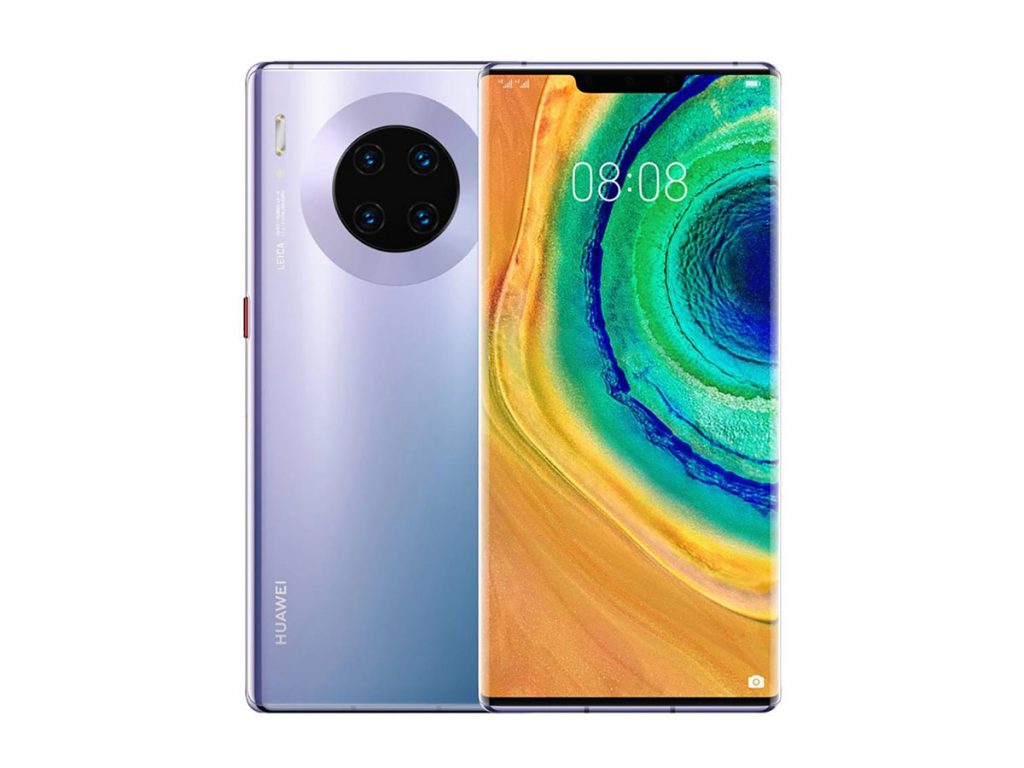






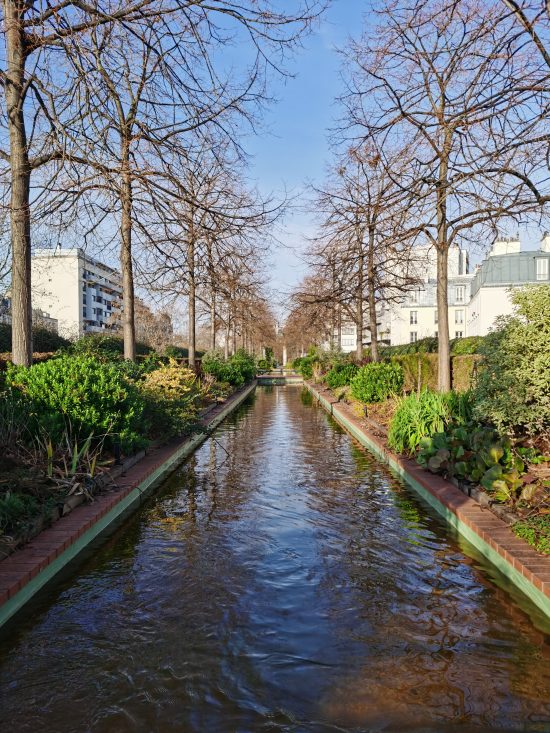
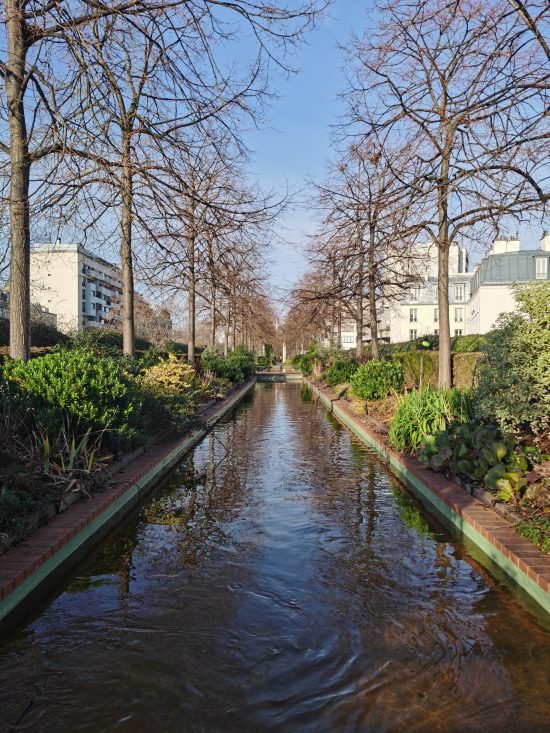

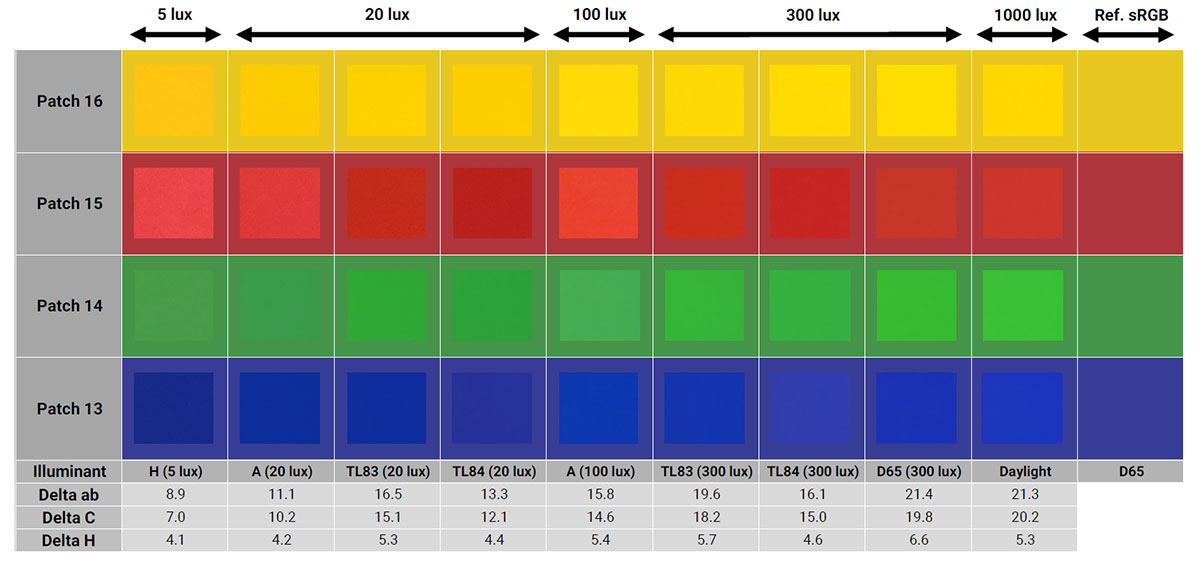

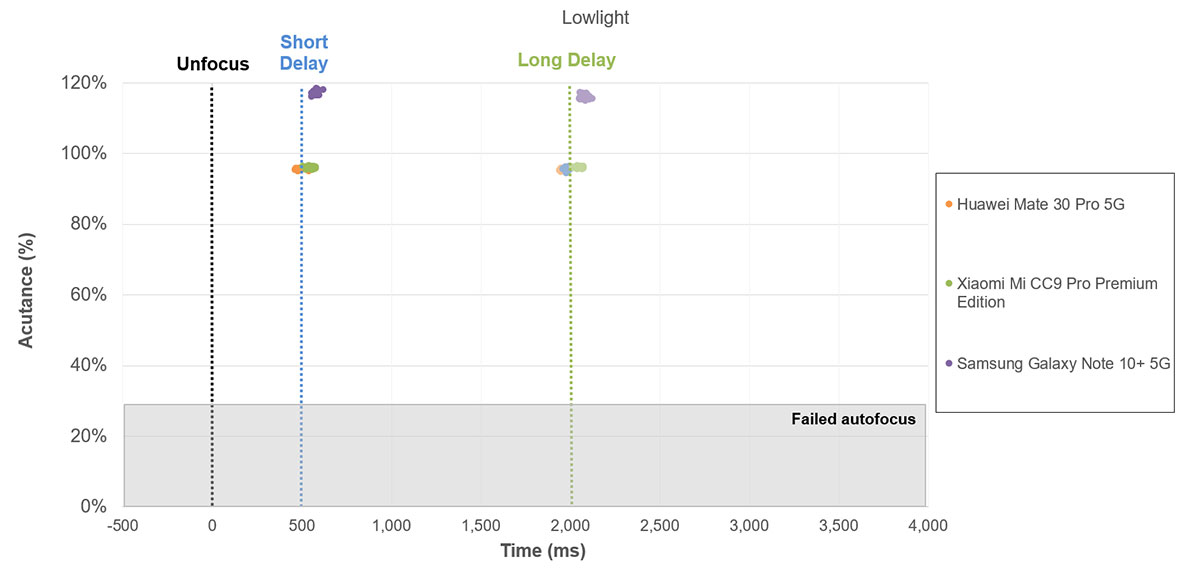

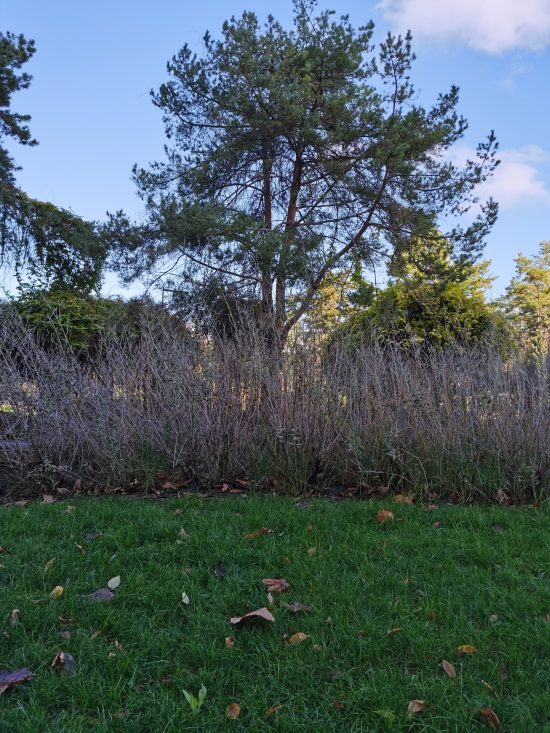

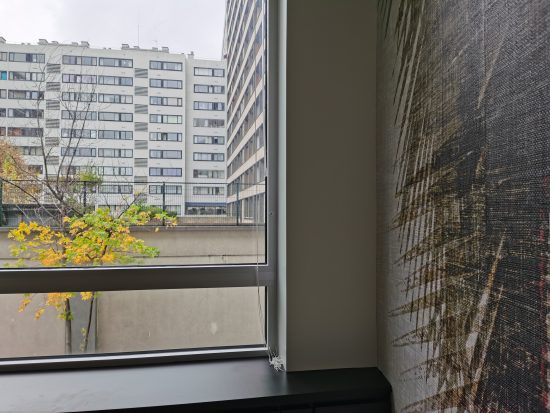
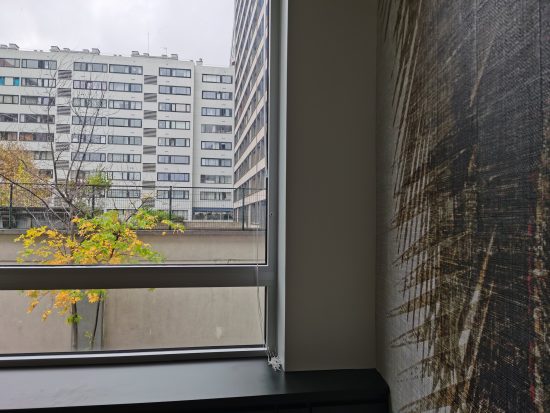
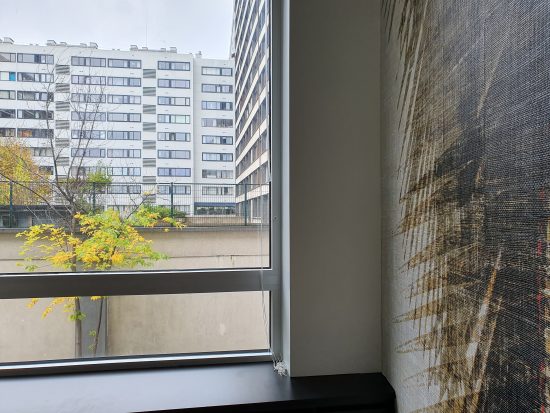
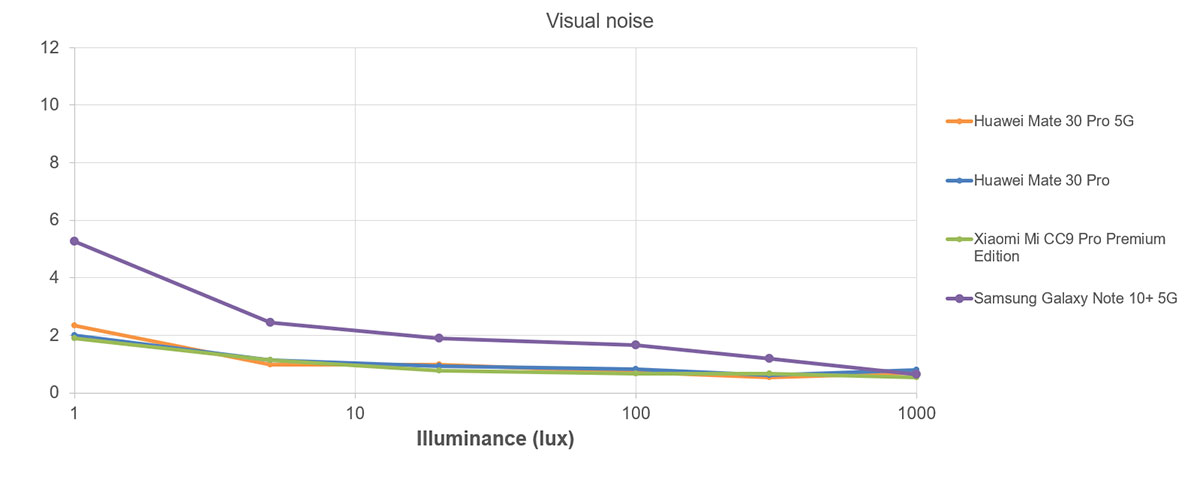

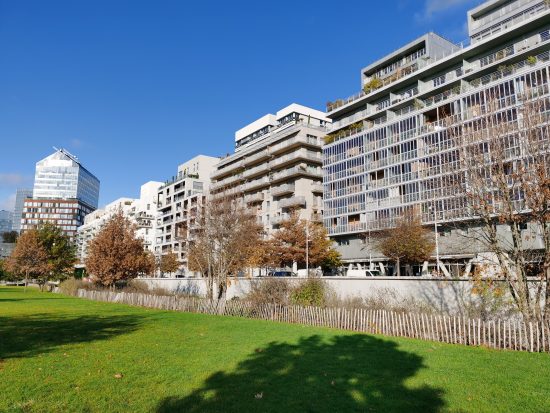


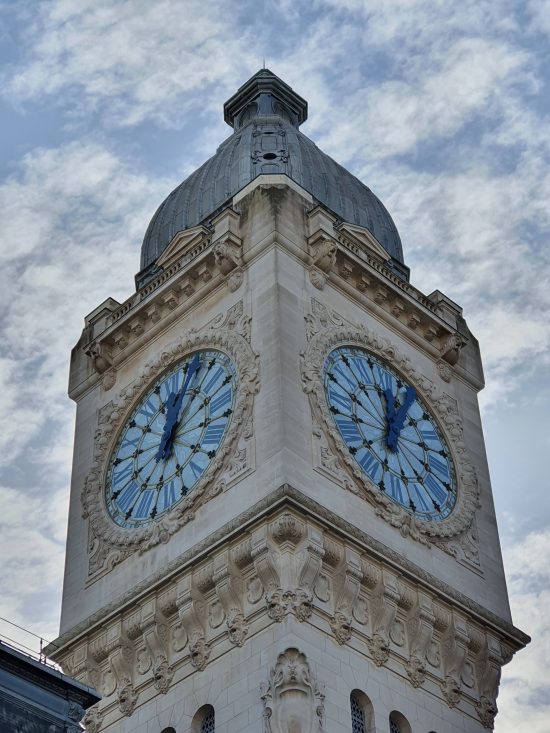




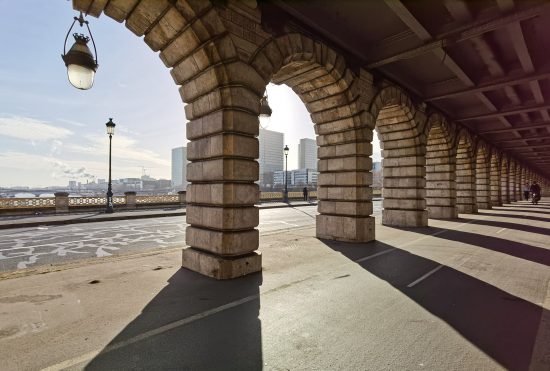
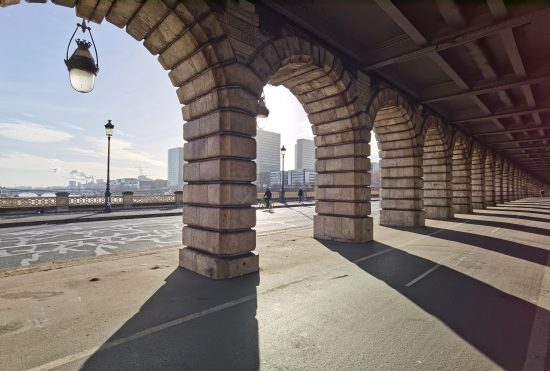
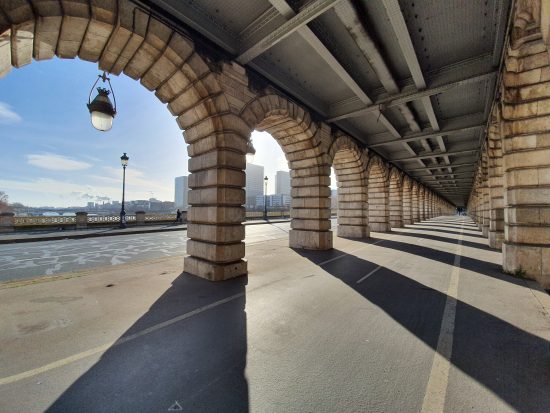
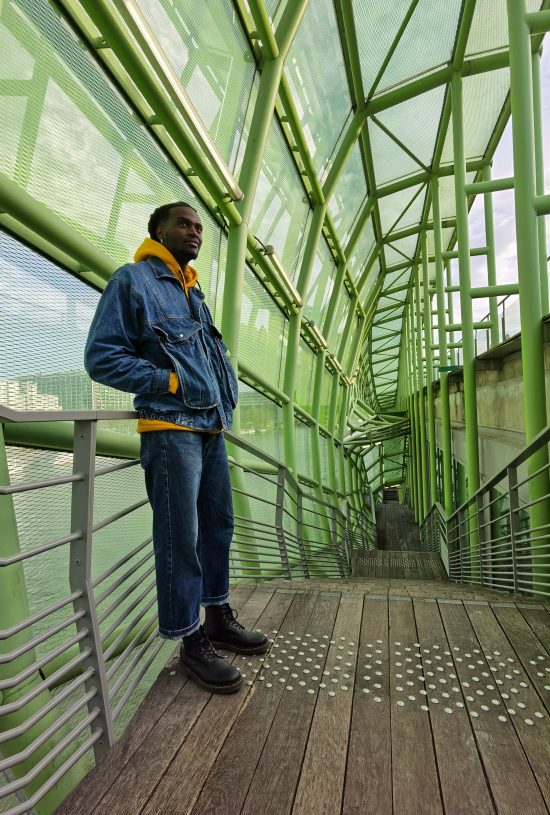
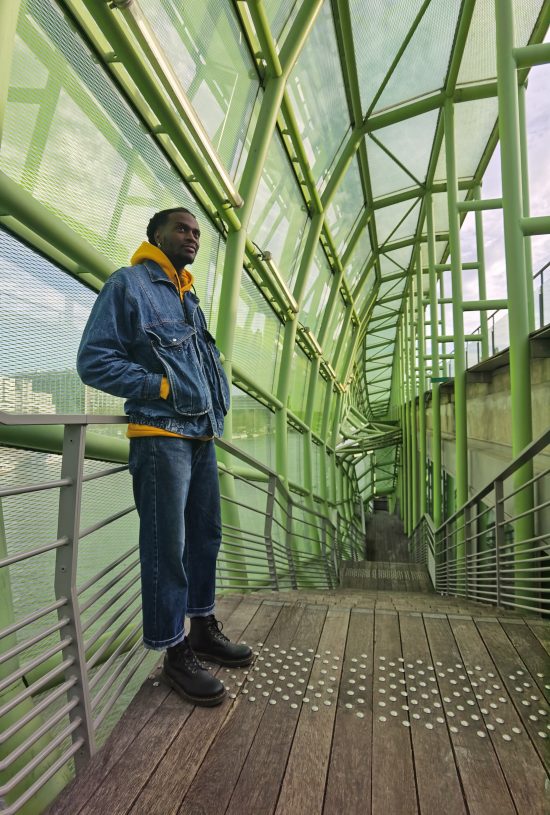
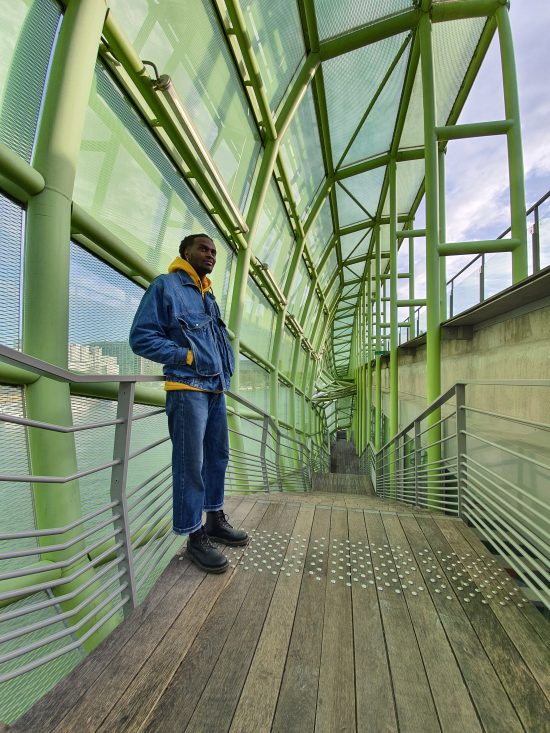





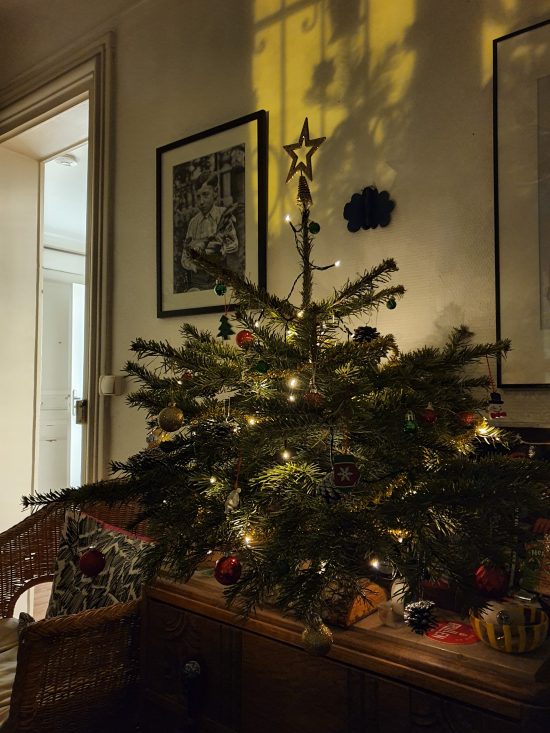
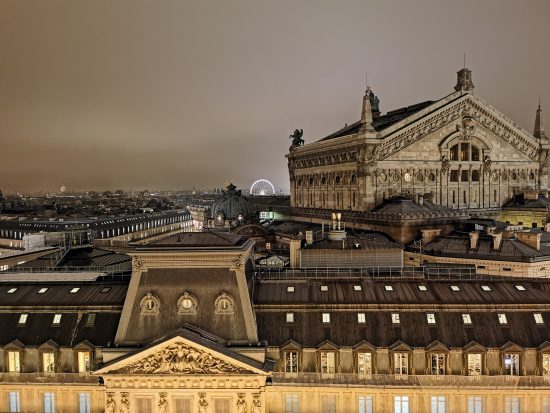
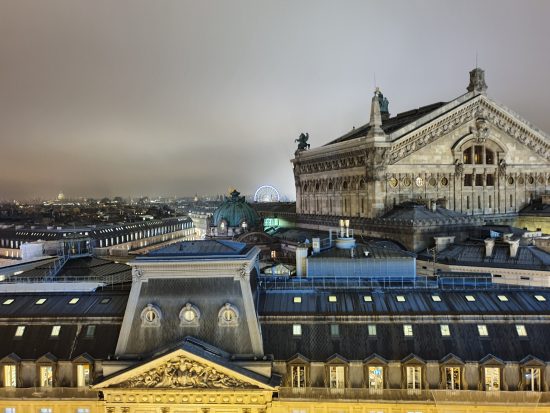
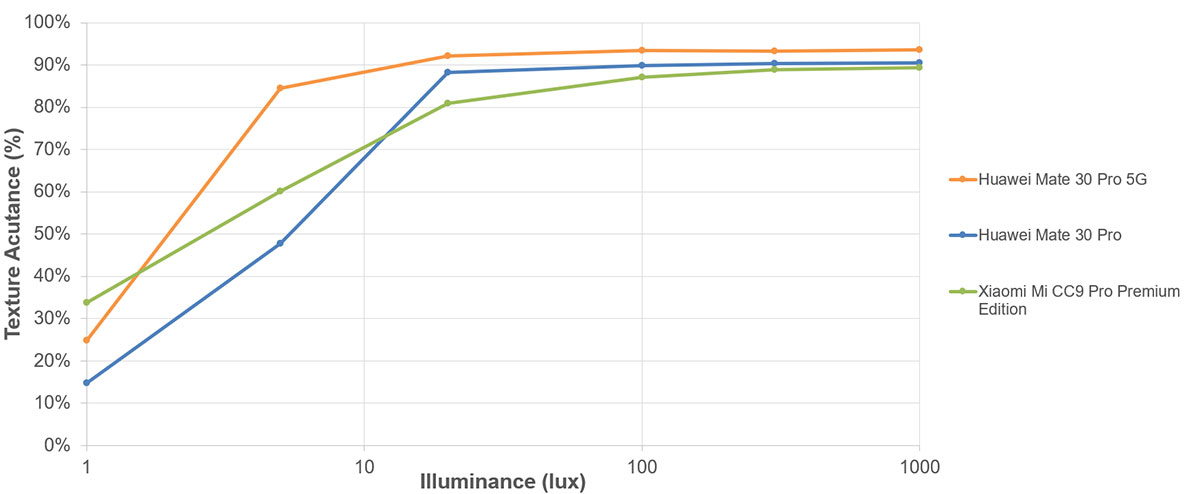
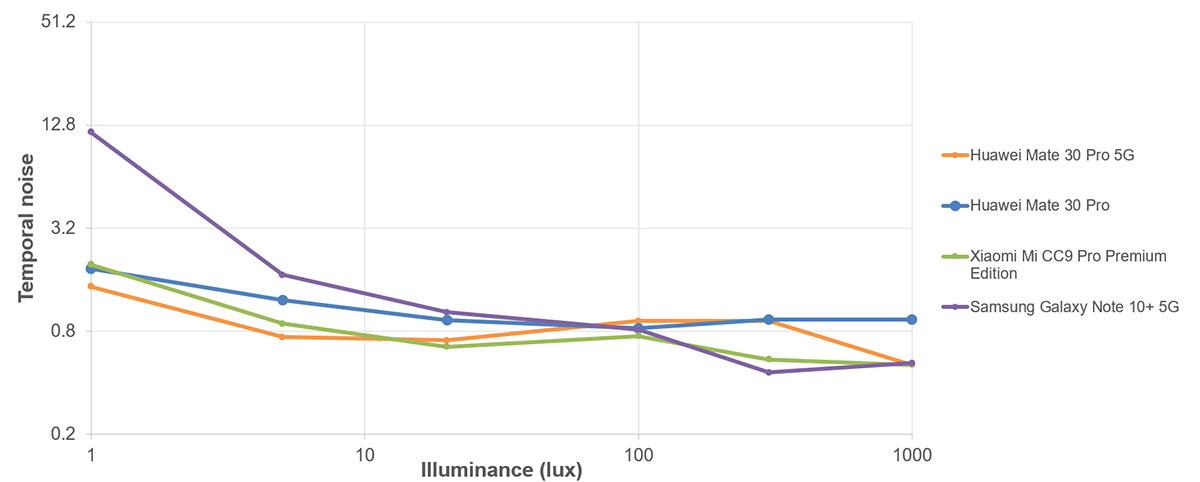
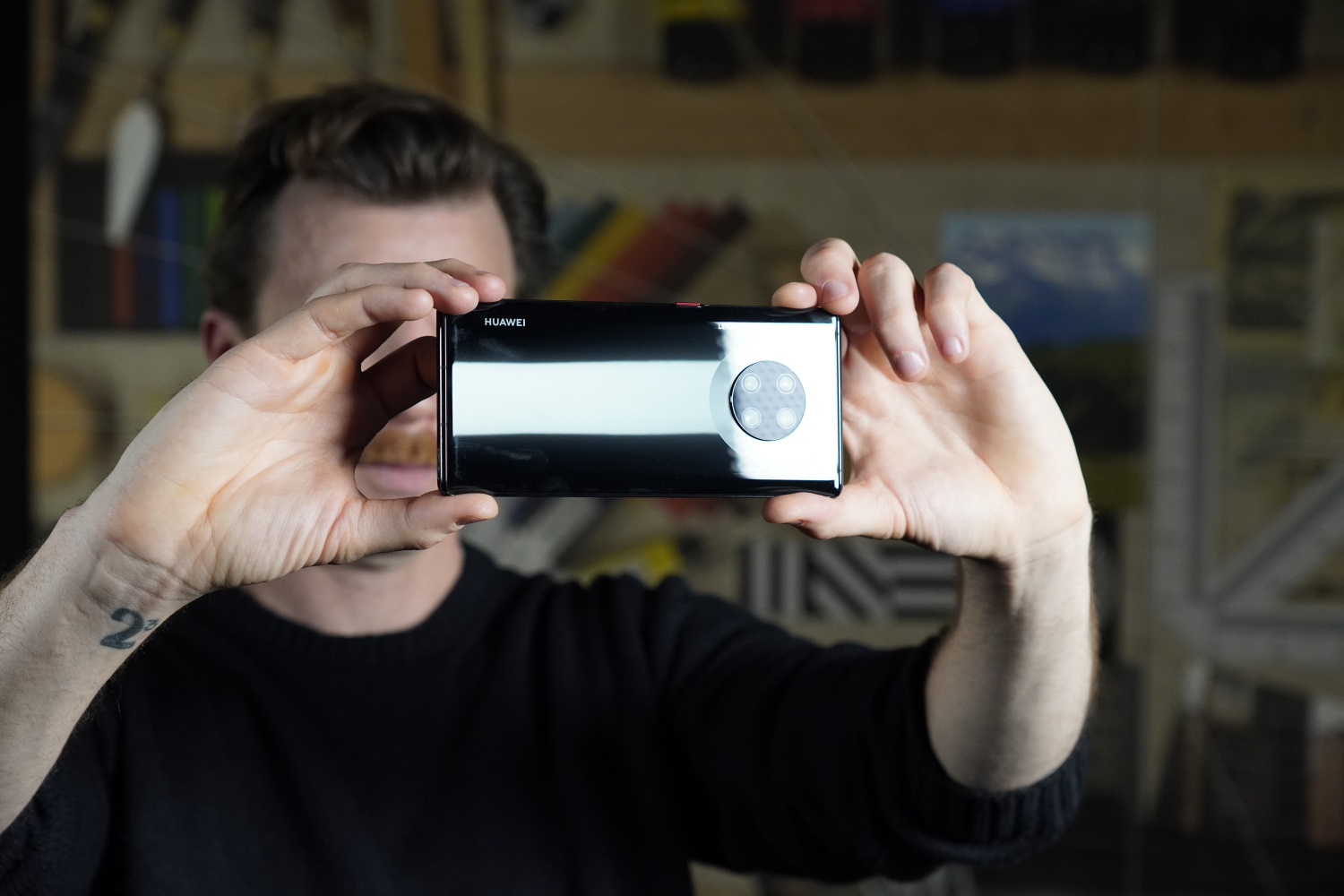
DXOMARK encourages its readers to share comments on the articles. To read or post comments, Disqus cookies are required. Change your Cookies Preferences and read more about our Comment Policy.